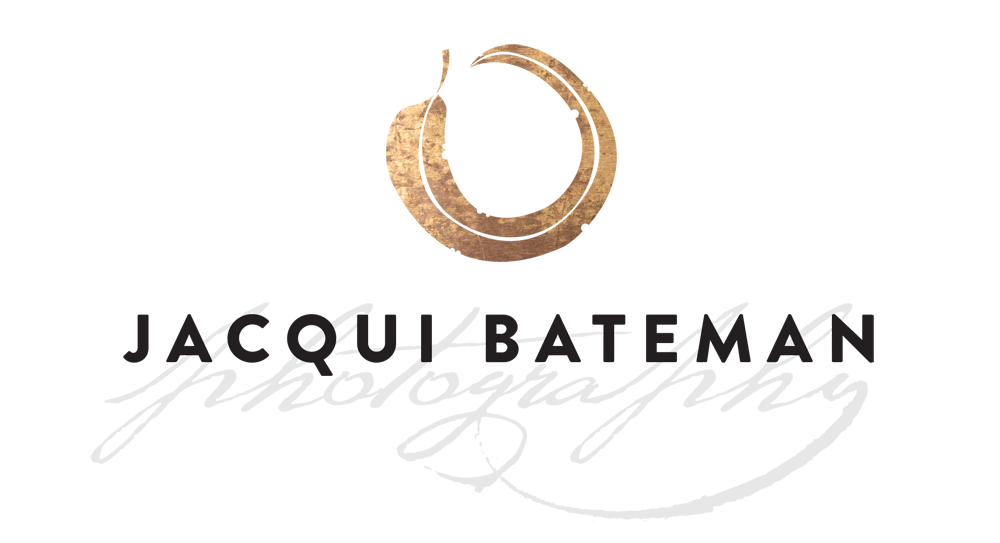ANZAC – The Light Horse
For me, nothing is more entrenched in Australian legend, than the Australian Light Horse.
As mounted infantry, rather than traditional cavalry, Australian Light Horsemen usually fought dismounted, using their horses as transport to the battlefield and a means of swift disengagement in the event of retreat.
Each regiment lived and fought as a series of four-man sections. When they went into action, three men would dismount to fight as infantry while the fourth man led the four horses to cover until they were needed for a further advance or withdrawal.
Their horses were known as ‘Walers’ as they were a New South Wales stock horse type – strong, tough and big-hearted, these horses carried strains of Thoroughbred and semi-draught to give them speed, strength and stamina.
One of my all-time favourite movies, ‘The Light Horsemen’, is about the Battle of Beersheba, which took place on the 31st October, 1917.
It was the last cavalry charge in history – and one of the greatest. And it was done against near impossible odds – a mounted charge across three kilometres of open ground against an entrenched enemy which was supported by artillery and machine guns. There wasn’t a whole lot of options as most of the horses had been on the march through an unforgiving desert, without water for nearly 48 hours. And there was no going back – the only water for miles around was in Beersheba.
Two regiments formed up behind a ridge and moved off into a classic three-line charge formation, going from walk-march, to trot, then canter.
The Turks recognised the advancing horsemen as mounted infantry and were ordered to open fire on the advancing troops when they dismounted. They had already set the sights on their guns on the cantering lines, ready to fire.
But about two kilometres from the trenches, instead of dismounting, Captain Davies gave the signal and the Light Horsemen spurred their Walers to a flat gallop and charged the enemy lines. This threw the Turks and they didn’t adjust the sights of their rifles, so were firing above the advancing troops and were way out of range
Traditionally, cavalrymen carried sabres or lances to fight from horseback. As mounted infantry, the Light Horsemen rode with their rifles slung over their backs and on this day, charged the enemy lines clutching only a bayonet blade in their hands. A pretty gutsy effort all round.
The Australian Light Horsemen saved the day, along with other ANZAC forces, taking Beersheba – a strategically important target for the allies – before the enemy forces could blow up the wells, spelling disaster for the advancing troops.
Tragically, out of the thousands of Walers shipped off to war, only one solitary war horse returned from WWI – General Sir William Bridges mount, Sandy.
After all they’d been through, the men had to leave their partners behind.
So, here’s to the all horses who never came home and to the men who rode them.
*Kingsley Moore
We’ll Take Bersheeba – Lee Kernaghan/Spirit of the ANZACS
Forward, we’ll take Beersheba, spur up and on Light Horsemen
Ride on through dust and bullets, ’til we take Beersheba
Half a mile to the rise, we’ll take the Turks by surprise
Keep the trot, hold the lines, as we wait for the sign
Clear the brow of the hill, keep it steady until
We’re in range of the guns and then we’ll break into a run
Forward, we’ll take Beersheba, spur up and on Light Horsemen
Ride on through dust ad bullets, ’til we take Beersheba
Bayonets flash in the sun, Johnnys squint down their guns
Captain Davies gives a yell, we went at ‘em like hell
Riders fall, horses run, empty saddles splashed with blood
Turkish trenches 50 yards, Squadron A led the charge
Forward, we’ll take Beersheba, spur up and on Light Horsemen
Ride on through dust and bullets, ’til we take Beersheba
Slouch hat with plumes a-flyin’, spur up and on Light Horsemen
Ride on through dust ad bullets, ’til we take Beersheba
At full gallop, yelling madly
Pounding hooves go hell for leather
Flying horses clear the trenches
Man and beast leap up and over…
Man and beast leap up and over…
Forward, we’ll take Beersheba, spur up and on Light Horsemen
Ride on through dust and bullets, ’til we take Beersheba
Slouch hat with plumes a-flyin’, spur up and on Light Horsemen
Ride on through dust and bullets, ’til we take Beersheba
*Ricky Moore and Kingsley Moore (above) were part of a group of riders from the Limestone Coast of South Australia, selected to be extras in the film ‘The Light Horsemen’, filmed in the mid-north of the state around Hawker. All exceptional horsemen, they got to be part of the re-enactment of the charge on Beersheba, which from all accounts, was an absolute thrill.
‘Well done Jacqui and the friends in your photos. I worked on The Light Horsemen with Ricky and Bob and enjoyed the experience it was so much fun. I knew we had some very good horsemen in the south east and a few moments in the filming I got to see how good they were and so did everyone there. I think the culture of the time was do anything for your mates and their horses , even if you and your horse pay the ultimate sacrifice.
So proud , thank you Jacqui’.
Craig Fennell
*Thanks to the men and horses of the 3rd Light Horse Regiment – Naracoorte Troop.







